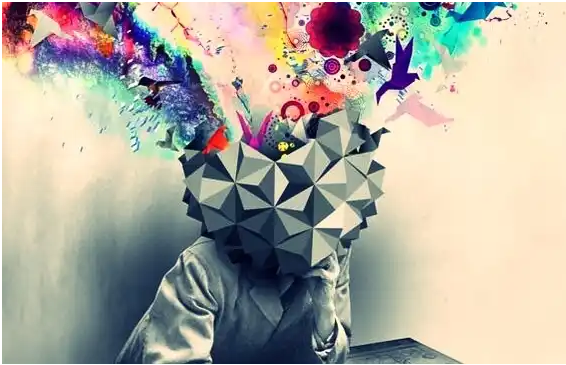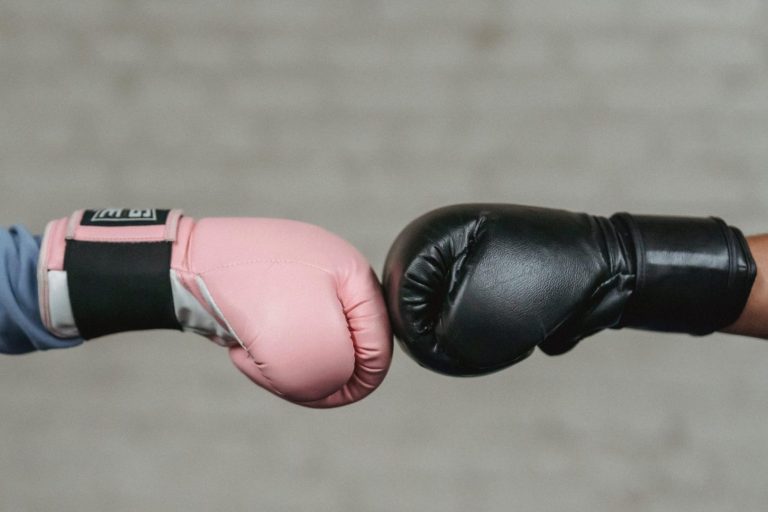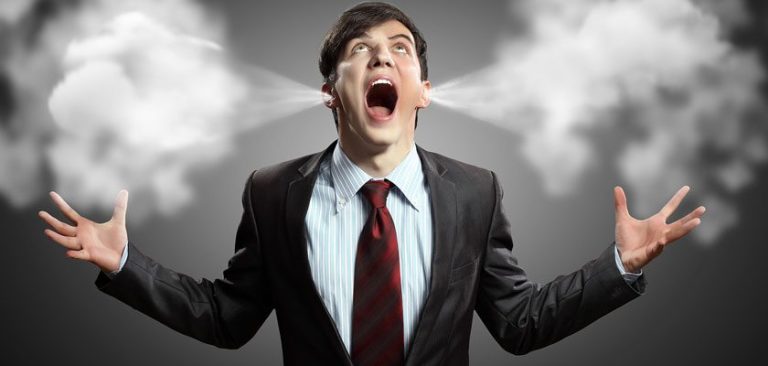COVID-19 taught me to live with uncertainty
During this surreal situation of COVID-19 our perceived sense of control has been tampered with, in which many had to re-evaluate their own perceptions of control. When individuals experience this shift in their thought patterns, a sense of helplessness may emerge. Experiencing helplessness may trigger certain negative thoughts to emerge. Such negative thoughts may take different forms, examples may look like this; “I am not good enough”, “I am a failure”, and “I am stupid”, amongst others. If these thoughts persist, they may leave a negative impact on the individual who experiences them.
The thoughts mentioned above may seem to represent the individual’s current situation, however it is important to challenge these thoughts. It is important to challenge such thoughts due to the fact that we create certain distorted thoughts which may not represent the entirety of one’s life. These distorted thoughts come about due to the fact that the individual decides to focus on particular deficiencies, in specific aspects of their life. Due to this deficiency then it is generalised to other areas of an individual’s life. The technical word for this is called a cognitive distortion. There are many cognitive distortions which exist, however I want to focus on one in particular for this blog – Black & White thinking.
Black and white thinking is when an individual thinks of only two opposing thoughts, such as; “if i am not amazing then I am the worst”, “if I am not beautiful then I am ugly”, and “if I am not good then I am bad”. The individual allows only two possibilities of thoughts to enter into one’s train of thought. However, do these thoughts accurately represent the current situation? More often than not it turns out that it does not accurately represent the situation.
What exists between the black and the white? The answer is, the gray exists, and most of us exist within the gray.
The grey represents the gap in between the two extreme thoughts. To take the thought – “If I am not amazing then I am the worst” as an example. What is encouraged is for the individual to process ‘what is the evidence which supports this thought?’ and ‘what is the evidence that goes against that initial thought?’ Understanding both the evidence for the thought and the evidence against the initial thought will result in an alternative thought which exists somewhere between two opposing thoughts.
Evidence that supports the thought:
- I failed an exam
- My partner broke up with me
Evidence against the thought:
- I have managed to learn and do well in things I put my mind to
- Friends seem to like me
- My colleagues compliment me on my people skills
- I’ve succeeded in some things in my past
Alternative thought
- Perhaps I am not the worst as I have some positive qualities and I can work towards accepting that I make mistakes and that’s how I will become a better person.
Reframing the thought to a more realistic thought helps the individual feel a little less anxious to interact with one’s surroundings. Coping with negative thoughts helps us regulate our emotions better and help us retain our focus on the situation at hand. Regulating our own emotions helps us to become more resilient in tackling another day. Try it out daily and see if you can notice any cognitive distortions which you may have a habit of doing.
Karl Grech is a counsellor. He offers counselling to both individuals and couples within Willingness. He can be contacted on karl@willingness.com.mt or call us on 79291817.







